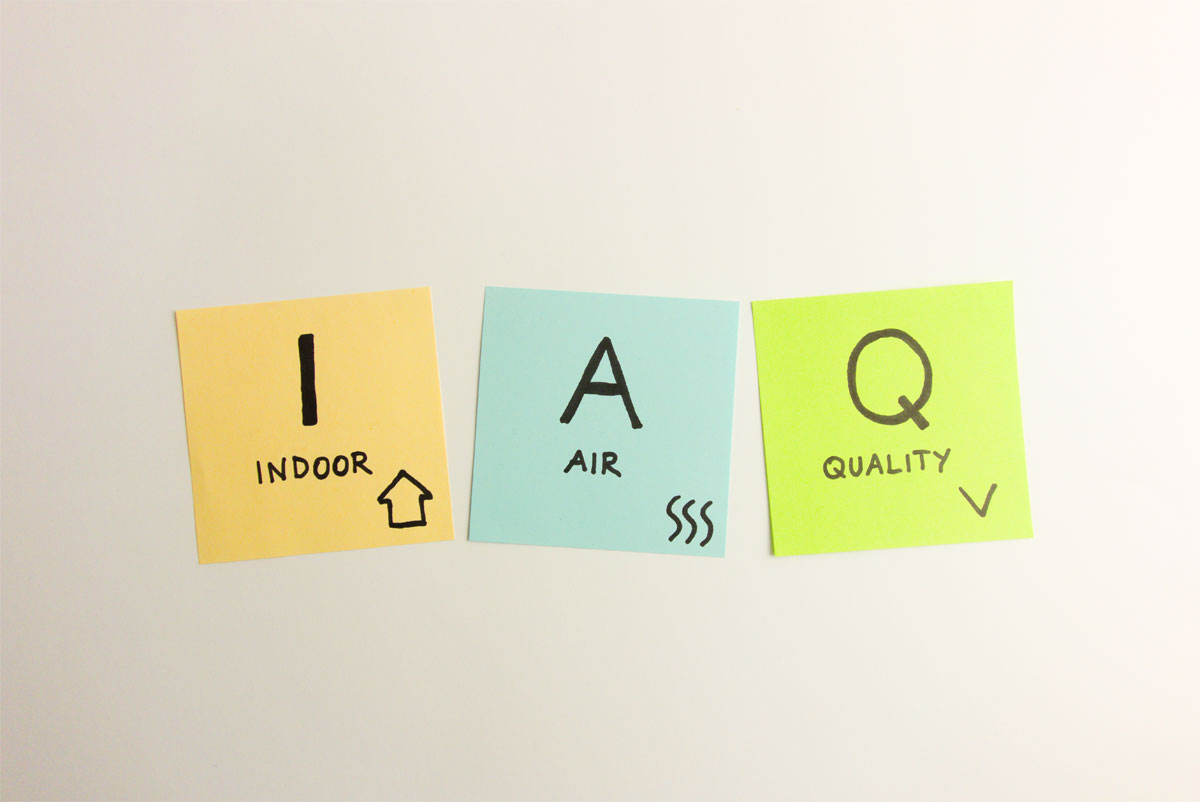- Home
- FAQ
F. A. Q
We never compromise with the quality of our workmanship or services.
- Home
- FAQ
F. A. Q.
General Questions
If you don’t find the answers you are looking for here, please contact us.

Spray polyurethane foam consists of two primary components: an isocyanate (A-side) and a polyol (B-side). In addition to spray polyurethane foam insulation, isocyanates and polyols are used in the production of things like refrigerator insulation, couches, mattresses, footwear, sports equipment, paints, and glues.
Some varieties of SPF use catalysts to speed up the reaction, and other substances can be added to give the product a variety of properties, such as durability, breathability, firmness, or fire resistance. These additives vary based on the desired outcome and specific product.
A two-part mixture is applied by trained professionals to the surface to be insulated. The spray mixture expands rapidly to fill all cracks and voids, completely and permanently adhering to wood, masonry, metal, concrete, and most other construction materials.
Yes. Building codes provide for spray polyurethane insulation in the Foam Plastic section. This section of the code also describes the use of thermal barriers.
Spray polyurethane foam (SPF) insulates and acts as an air barrier. Both are critical to making your home comfortable and reducing heating and cooling costs. There are no pieces to cut or seams to tape or caulk. In addition, SPF may reduce sounds transmitted through the air, add structural strength, and improve moisture control to help resist mold formation.
The two main types of spray foam insulation are known as closed-cell and open-cell spray foam insulation. Before installing spray foam insulation in a home or building, many people wonder what the main differences between these materials are.
Closed-cell spray foam insulation refers to spray foam consisting of completely encapsulated cells tightly pressed together. On the other hand, open-cell spray foam refers to spray foam that consists of cells that aren’t entirely closed.
One of the most significant differences between these two types of insulation is their R-value. Closed-cell insulation has an R-value of around 6.5 to 7 per inch, while open-cell insulation has an R-value of about 3.8 per inch. These two materials also differ in their consistency. Closed-cell spray foam is dense and rigid, which prevents air and moisture from infiltrating the foam and allows it to add structural strength and impact resistance to buildings. Open-cell spray foam, however, has a flexible, lightweight consistency that makes it easier to install and is ideal for hard-to-reach areas.
Many homeowners don’t want to install insulation requiring much maintenance or frequent replacement. Homeowners are happy to discover that, when installed correctly, spray foam insulation should last throughout the entire lifespan of one’s home. Once it hardens, spray foam will retain its shape indefinitely. It will not lose R-value over time—as many other insulation materials do. As such, homeowners won’t have to worry about maintaining or updating their insulation after installing spray foam insulation in their homes.
When choosing between multiple insulation materials, many want to know what unique benefits spray foam insulation provides. Some of the most notable advantages of this spray foam insulation material include:
- Reduces Energy Bills: The high R-value of spray foam insulation helps prevent heat from entering or leaving one’s home. As a result, temperature control systems won’t have to consume as much energy, and homeowners can enjoy lower monthly energy bills.
- Deters Moisture: Unlike many insulation materials, closed-cell spray foam insulation does not absorb water. Therefore, any leaks or floods that occur will not require homeowners to replace their spray foam insulation.
- Improved Air Quality: By forming an air-tight seal, spray foam insulation prevents harmful outdoor allergens such as dust, pollen, mold, and mildew from entering one’s home. In this respect, spray foam insulation can improve the indoor air quality in a house or building.
- Long-Lasting: Spray foam insulation typically lasts throughout the entire lifetime of a house without losing its shape or declining in R-value.
A common concern regarding spray foam insulation is whether it releases harmful gases. While it is true that spray foam insulation does have an off-gassing period following installation, this effect is only temporary. After approximately 2 hours, the off-gassing is complete. When installed correctly, spray foam insulation will not release harmful gases after the initial off-gassing period ends. Thus, homeowners don’t need to worry about experiencing any negative health impacts due to spray foam insulation.
R-value refers to an insulation material’s ability to prevent heat flow. In other words, the R-value indicates how effectively a material will insulate an area. Many people are pleased to discover that spray foam insulation has one of the highest R-values of any insulation material. The R-value of closed-cell spray foam insulation is around 6.5 to 7 per inch, and the R-value of open-cell spray foam insulation is about 3.8 per inch. On the other hand, blown-in fiberglass insulation has an R-value of around 2.2 to 2.7 per inch.
Your building needs to be ventilated to maximize indoor air quality (moisture levels and contaminant levels). Most design professionals will advise you to seal the structure as tight as possible and provide the necessary ventilation through the heating and air conditioning system. Many systems employ a high energy efficient “air exchanger,” designed to pre-condition (either warm or cool) the incoming outside air with the outgoing exhaust air. In this manner, you can build an extremely energy-efficient exterior shell using high-performance spray foam insulation while providing controlled and energy-efficient ventilation.
Typically, spray polyurethane insulation is installed at the same point in the construction cycle as other types of insulation. That is, it should be installed after the rough plumbing, electrical wiring, and heating and air conditioning ducts have been installed. If you decide to seal the entire exterior shell with spray polyurethane, spray insulation may need to be applied in some areas before the ductwork is installed.
Great question, as we hear this a lot. Unfortunately for you DIYers, spray polyurethane foam (SPF) equipment should not be rented. Installation of SPF needs to be done by a well-trained installer. It’s not as easy as it looks. Some small kits are on the market, but they are made for very small projects like sealing joints and cracks.
Homeowners who enjoy a good DIY project often wonder if installing spray foam insulation on their own is possible. However, the process of installing spray foam insulation is a bit more complicated than installing other insulation materials, such as fiberglass or mineral wool. While forgoing the help of a professional insulation company and installing spray foam insulation on your own is technically possible, it is highly discouraged for several reasons. Namely installing spray foam insulation without professional experience and training is highly dangerous.
In addition to exposing yourself to harmful fumes during installation, you will likely install the spray foam incorrectly, which can cause dangerous chemical off-gassing long after the insulation has been installed. Such off-gassing can cause numerous negative health impacts, such as respiratory issues, skin irritation, and an increased risk of cancer. Also, improperly installed spray foam insulation can damage your home by causing mold, rust, and ice dams. Unless you’re willing to risk the health of your home’s residents and the state of your property, it’s best not to attempt installing spray foam insulation on your own.
From time to time, I get water in the house. To remediate after a flood, I must open the walls about 24 inches to dry out the walls, and then replace the insulation and the sheetrock. It would be a significant improvement if I could use insulation that would not hold water and install wonder board on the first two feet of the walls. Can closed-cell foam be used in this application?
Closed-cell spray polyurethane foam (SPF) is an excellent option for you. Closed-cell SPF is listed as a Class 5 Flood Damage-Resistant Material per FEMA. This means it is “highly resistant to floodwater damage, including damage caused by moving water. These materials can survive wetting and drying and may be successfully cleaned after a flood to render them free of most harmful pollutants.” It is the only insulation material that meets this classification. You can read all about it in the FEMA Technical Bulletin 2. Installing closed-cell SPF into your walls the next time you have to open them up would be an excellent idea.
Like spray polyurethane foam (SPF) insulation, SPF roofing is very similar to closed-cell SPF insulation, but it has a higher average density and is more rigid. It is created similarly to high-pressure SPF insulation by mixing liquid chemicals on the job site to create high-density foam impervious to water, allowing it to serve as a very effective roofing material. In some regions of the United States, homes with low-slope or flat roofs can use SPF to improve the home’s air seal and lower heating and cooling energy usage. SPF roofing provides high protection against heat infiltration, strengthens the entire structure to which it is applied, and can increase a building’s resistance to wind uplift.
Retrofitting one’s home with spray polyurethane foam (SPF) may help homeowners qualify for tax credits, rebates, and other incentives that can help offset renovation expenses. To find available local and state incentives, visit the Database of State Incentives for Renewables & Efficiency (DSIRE) at www.dsireusa.org. For more information on Federal incentives, visit www.dsireusa.org or the ENERGY STAR® webpage.
You construct the structure. We provide the spray foam insulation.
Lorem ipsum dolor sit amet, consectetur adipiscing elit. Ut elit tellus, luctus nec ullamcorper mattis, pulvinar dapibus leo.
From Our Blog
Latest Articles

The Pros and Cons of Spray Foam Insulation
Whether you want to insulate your home or commercial building, spray foam insulation is a popular choice for anyone looking

The Benefits of Commercial Spray Foam Insulation
Commercial buildings require effective insulation for optimal energy efficiency, indoor comfort, and reduced operational costs. Among the various insulation options

Healthier Living Spaces: How Spray Foam Insulation Can Improve Indoor Air Quality
When it comes to creating a healthy home environment, there are many factors to consider. One often overlooked aspect is

Spray Foam vs. Traditional Insulation: Which Is Right for Your Property?
When insulating your property, whether it’s a cozy home, a commercial building, or another type of structure, choosing the right


